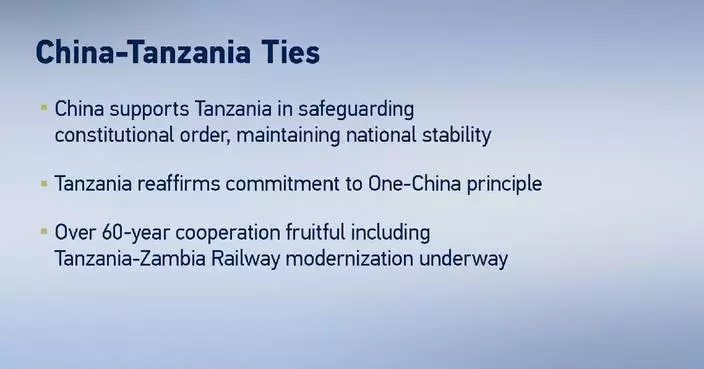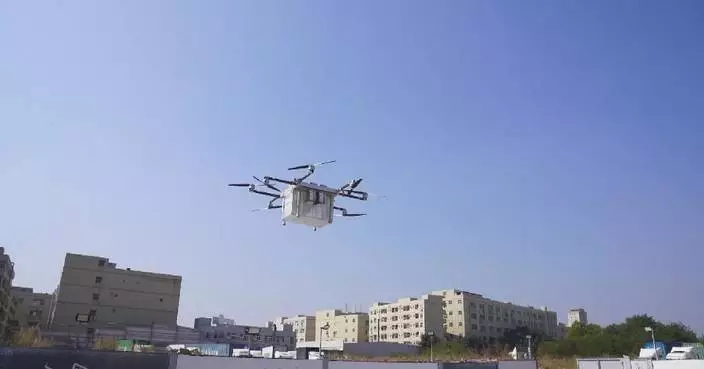China-Latin America economic collaboration is shifting toward emerging sectors, including green technology and digital infrastructure, amid Latin America's advancement in regional integration, according to a regional investment assessment report released on Monday.
The report, titled "Latin American Regional Investment Environment Assessment", was jointly released at a conference in Beijing by state-owned credit rating agency Dagong and the Tsinghua University, ahead of the fourth ministerial meeting of the China-CELAC (Community of Latin American and Caribbean States) Forum, which opened in the Chinese capital city on Tuesday.
The report noted that China has remained Latin America's second-largest trading partner over the past decade, with bilateral trade volume growing steadily.
The region is now China's second-largest destination for overseas investment, driven by its rich natural resources, great market potential and diverse socioeconomic structures.
It added that Latin American nations are prioritizing economic diversification, green development and next-generation infrastructure projects, creating new opportunities for bilateral cooperation.
The report also cautioned investors about challenges including uneven regional openness, disparities in infrastructure quality, volatile financing costs and varying tax policies across countries.
"Latin American countries have distinct stratifications in their stages of economic and social development. Chinese companies investing in the region need to adopt a gradient and differentiated strategy. They need to strictly abide by local laws and regulations, practice sustainable development, enhance local capabilities through technological cooperation, and achieve win-win results for the economy and the environment," said Lyu Bole, board chairman, Dagong Global Credit Rating Co. Ltd.
This year marks the 10th anniversary of the launch of the China-CELAC Forum, the first multilateral platform that includes China and all 33 independent countries in the Latin America and Caribbean region.
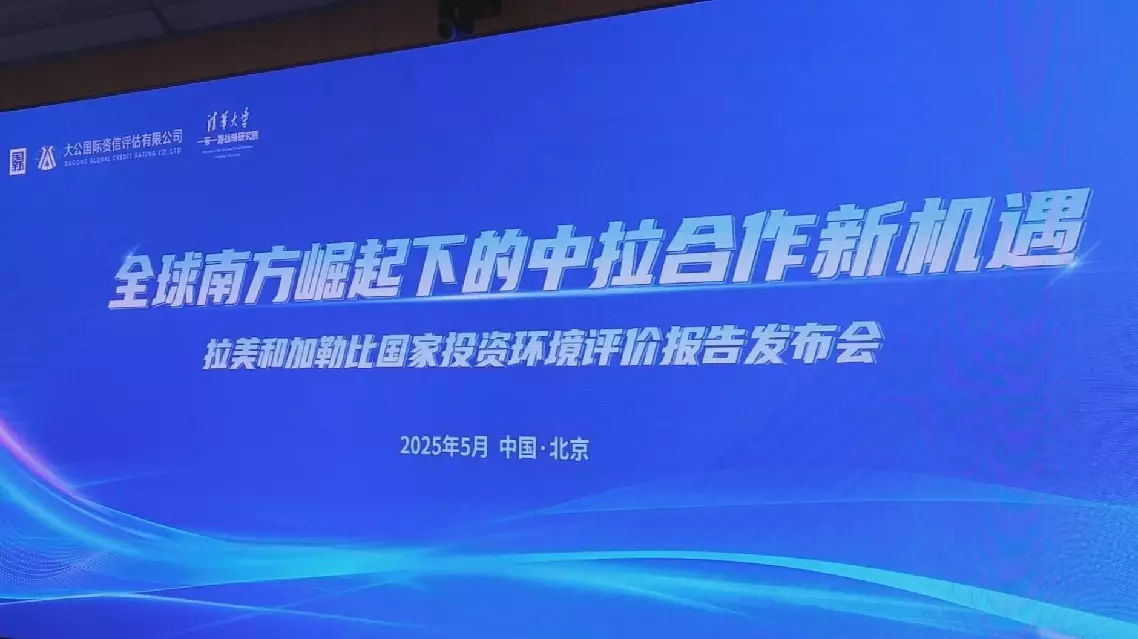
China-Latin America cooperation extends to emerging areas amid deepened mutual trust: report
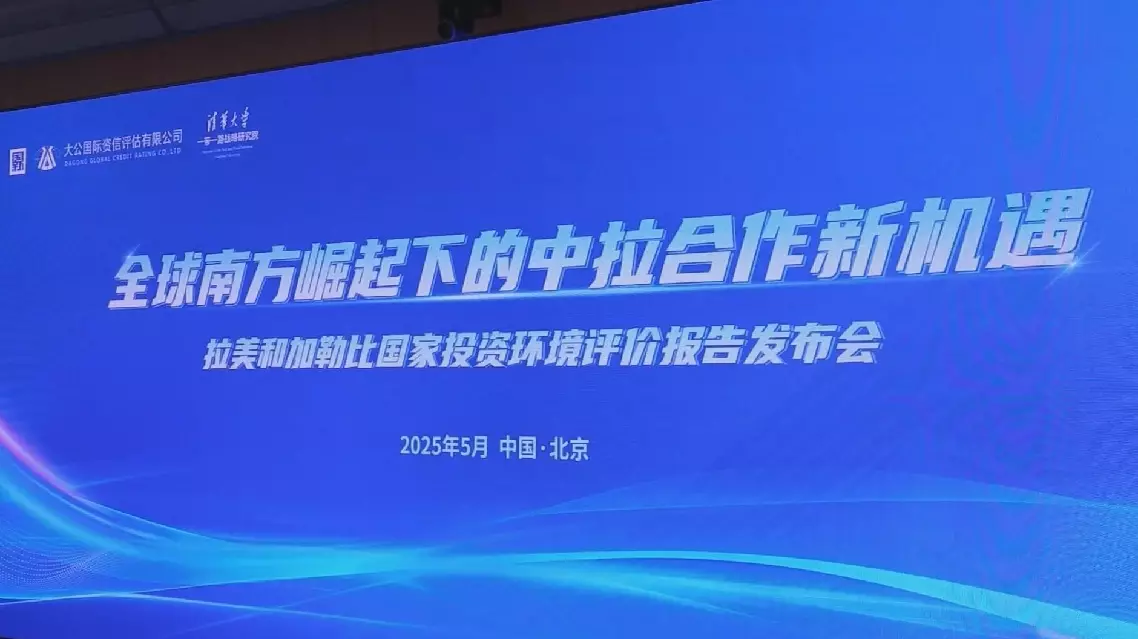
China-Latin America cooperation extends to emerging areas amid deepened mutual trust: report
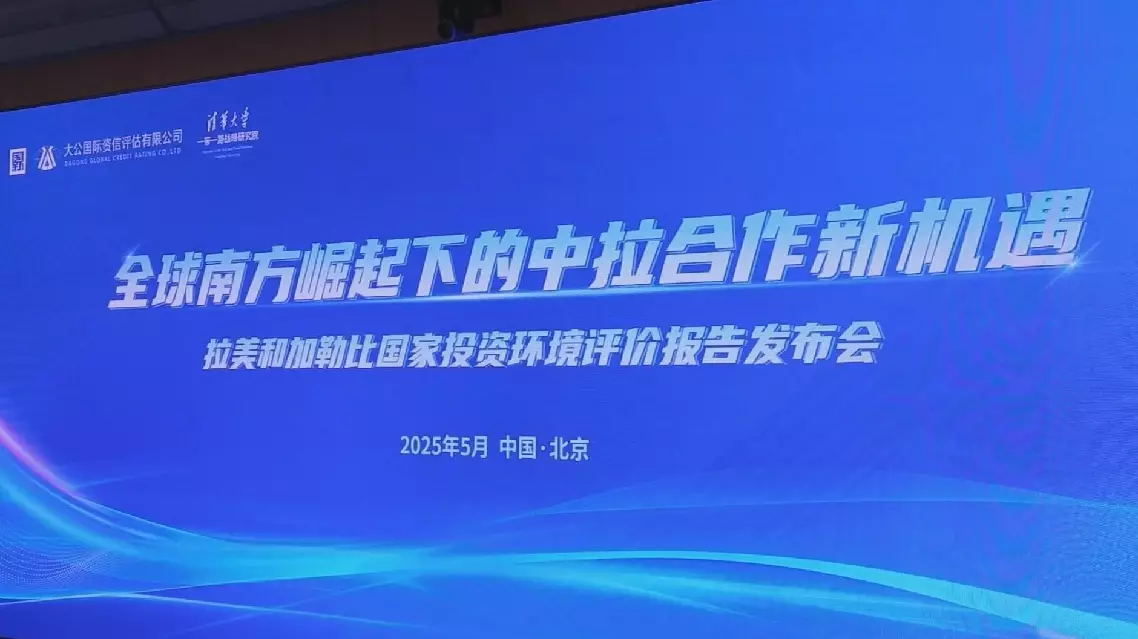
China-Latin America cooperation extends to emerging areas amid deepened mutual trust: report



